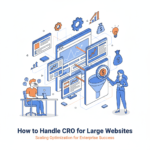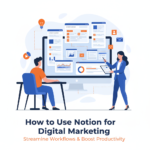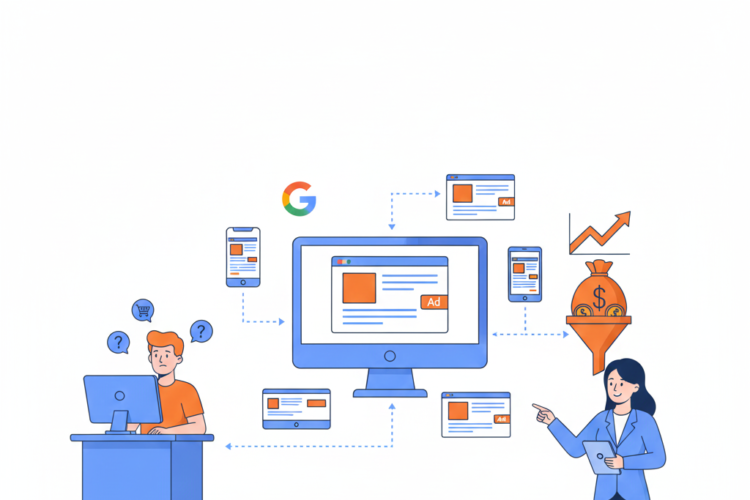
LinkedIn Ads vs Google Ads: A Comprehensive Comparison
Introduction
In the digital marketing landscape, businesses are constantly seeking the most effective advertising platforms to reach their target audiences, drive conversions, and maximize ROI. Among the leading options are LinkedIn Ads and Google Ads, each with its unique strengths, targeting capabilities, and use cases. This comprehensive article explores both platforms in depth to help marketers and businesses make informed decisions.
Overview of LinkedIn Ads
LinkedIn Ads is a paid advertising platform on LinkedIn, the world’s largest professional networking site. It offers a suite of ad formats that cater specifically to B2B marketers. With over 900 million users, LinkedIn provides robust targeting based on professional demographics such as job title, company size, industry, and seniority.
Key Features:
Professional Targeting: Target users based on their professional profile.
Ad Formats: Sponsored Content, Sponsored Messaging, Text Ads, Dynamic Ads, and Video Ads.
Lead Gen Forms: Integrated forms that auto-fill with user data.
Audience Expansion: Helps reach users similar to your target audience.
Overview of Google Ads
Google Ads, formerly known as Google AdWords, is Google’s online advertising platform. It enables advertisers to display ads on Google’s search engine results pages (SERPs), the Google Display Network, YouTube, and more. Google Ads is known for its intent-based targeting and massive reach.
Key Features:
Search Ads: Appear on SERPs for specific keyword queries.
Display Ads: Visual banners on websites in the Google Display Network.
Shopping Ads: For eCommerce, showcasing products with images and prices.
YouTube Ads: Video ads on YouTube.
Performance Max Campaigns: AI-powered campaigns that optimize across all Google networks.
Targeting Capabilities
LinkedIn Ads:
Job title
Company size
Industry
Job seniority
Education
Skills
Company name
Group membership
Google Ads:
Keywords
Demographics
Interests
Location
Device type
Remarketing lists
In-market audiences
Affinity audiences
Audience Intent
LinkedIn Ads: Best for reaching users in a professional mindset. Ideal for B2B marketing, recruitment, and high-ticket services.
Google Ads: High intent, especially on Search. Users are actively looking for solutions, making it excellent for capturing demand.
Cost and Budget Considerations
LinkedIn Ads: Higher cost-per-click (CPC) and cost-per-impression (CPM) due to niche targeting. Average CPC ranges from $5 to $10.
Google Ads: Variable CPC depending on industry and competition. Search Ads CPC can range from $1 to $50+.
Conversion and Lead Quality
LinkedIn Ads: Higher lead quality in B2B campaigns due to professional targeting. Lead Gen Forms improve conversion rates.
Google Ads: High intent leads, especially from Search campaigns. However, lead quality can vary across different networks (Search vs Display).
Use Cases
When to Use LinkedIn Ads:
B2B SaaS products
Professional services (consulting, legal, finance)
Recruitment and hiring
Webinars and thought leadership
When to Use Google Ads:
B2C products and services
eCommerce
Local businesses
High search volume keywords
Ad Creatives and Format Comparison
LinkedIn Ads:
Professional tone and visuals
Longer ad copy works better
Emphasis on whitepapers, eBooks, and webinars
Google Ads:
Short, keyword-optimized text ads (Search)
Visually appealing banners (Display)
Product-centric creatives (Shopping)
Attention-grabbing videos (YouTube)
Analytics and Reporting
LinkedIn Ads: Integrated with LinkedIn Campaign Manager. Offers metrics like CTR, conversions, demographic breakdowns.
Google Ads: Google Ads Dashboard with robust analytics, conversion tracking, attribution models, and integration with Google Analytics.
Integration with Other Platforms
LinkedIn Ads: Integrates with CRMs like HubSpot, Salesforce. Offers LinkedIn Insight Tag for tracking.
Google Ads: Integrates with Google Analytics, Google Tag Manager, CRMs, eCommerce platforms.
Retargeting Capabilities
LinkedIn Ads: Website retargeting, contact targeting via email lists, company targeting.
Google Ads: Extensive retargeting through web, app, and YouTube behaviors.
Advantages and Disadvantages
LinkedIn Ads:
Pros:
Granular B2B targeting
High lead quality
Strong for thought leadership
Cons:
Expensive CPC
Smaller reach
Slower optimization
Google Ads:
Pros:
Massive reach
High intent targeting
Variety of ad formats
Cons:
Steep learning curve
Broad targeting can reduce lead quality
Competitive keyword bidding
Case Studies and Real-World Examples
LinkedIn: A B2B SaaS company generates 300 qualified leads via LinkedIn Lead Gen Forms at a CPL of $80.
Google Ads: An eCommerce brand increases ROAS by 400% using Performance Max campaigns.
Which Platform Should You Choose?
Choose LinkedIn Ads if: You’re targeting professionals, businesses, or specific job roles.
Choose Google Ads if: You’re targeting consumers, driving search-based traffic, or selling products online.
Conclusion
Both LinkedIn Ads and Google Ads have their place in a well-rounded digital marketing strategy. The right choice depends on your business model, target audience, goals, and budget. For maximum effectiveness, many businesses run campaigns on both platforms and tailor their messaging and creatives accordingly. Testing, measurement, and continuous optimization are key to success.
Author



